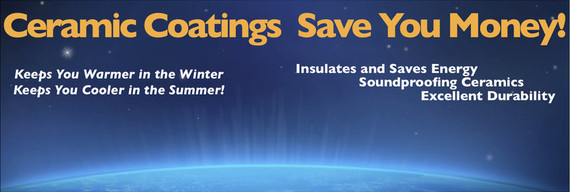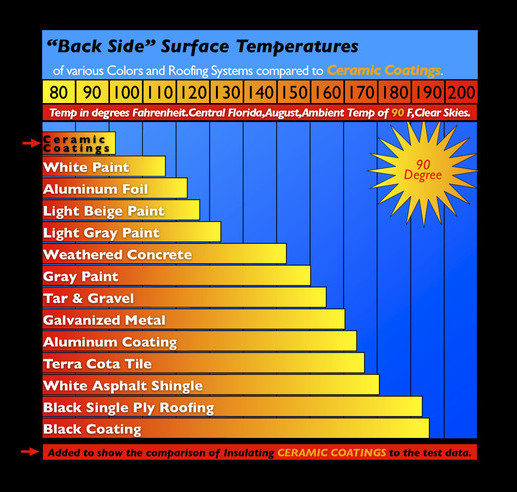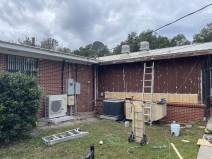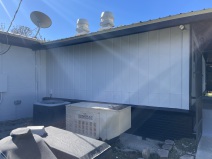
GO GREEN
| Save on Energy: Ceramic Coating reflects up to 90% of the suns rays through its state of the art ceramic microsphere coating and reducing the surface temperature of the outside of your home. A reduction in energy can lower your electric costs and reduce the need to manufacture more electric power. For more, read the section on Surface Temperatures below. (The Ceramic Coating formulation has the Energy Star Rating. The formulation was tested on roofs rather than walls however the basics still apply to a structure exposed to direct sunlight.) Eliminates Wood Rot: Ceramic Coating utilizes a unique waterproofing primer that encapsulates any surface it is applied to with a permanent, breathable membrane that prevents water from ever reaching the substrate, therefore eliminating the chance of any future wood rot or decay. Low V.O.C.’s (Green House Gases): Ceramic Coating has one of the lowest V.O.C. emissions of any coating made today. It complies with California’s limits. V.O.C.’s are The Green House Gases emitted as the coating dries out. Ceramic Coating’s V.O.C. rating is 81.6 g/liter. Traditional house paints can be as high as 200 g/liter! Eco Friendly: Ceramic Coating’s formulation is “landfill friendly” whenever there is a need to dispose of excess materials. Eliminates the cycle of re-painting: This saves a chain reaction of material uses such as wood repairs, manufacturing paint for the continuous re-painting cycle, transporting materials, and on and on, lessening our carbon footprint on the environment. Surface Temperatures and how Ceramic Coating can help save you energy: Tests were conducted to determine the effect of colors on the temperature of a roof system. Coatings were applied over 2″ of polyurethane foam. Small thermocouple we embedded in or under the coating material. The below graph shows the difference between colored coatings and other roofing materials when exposed to sunlight. The below numbers were measured in Central Texas with an ambient temperature of 90 degrees Fahrenheit. Higher altitudes or ambient temperatures above 90 degrees Fahrenheit will result in even hotter surface temperatures than those measured. From the graph below it may be seen that even light colored coatings raise the temperature somewhat. Shiny aluminum foil reflects sunlight very well although not as well as a white coating. Unfortunately, aluminum-filled coatings by contrast are good absorbers of solar energy. Aluminum coatings and galvanized metal both exceeded 170 degrees Fahrenheit in these tests. |





